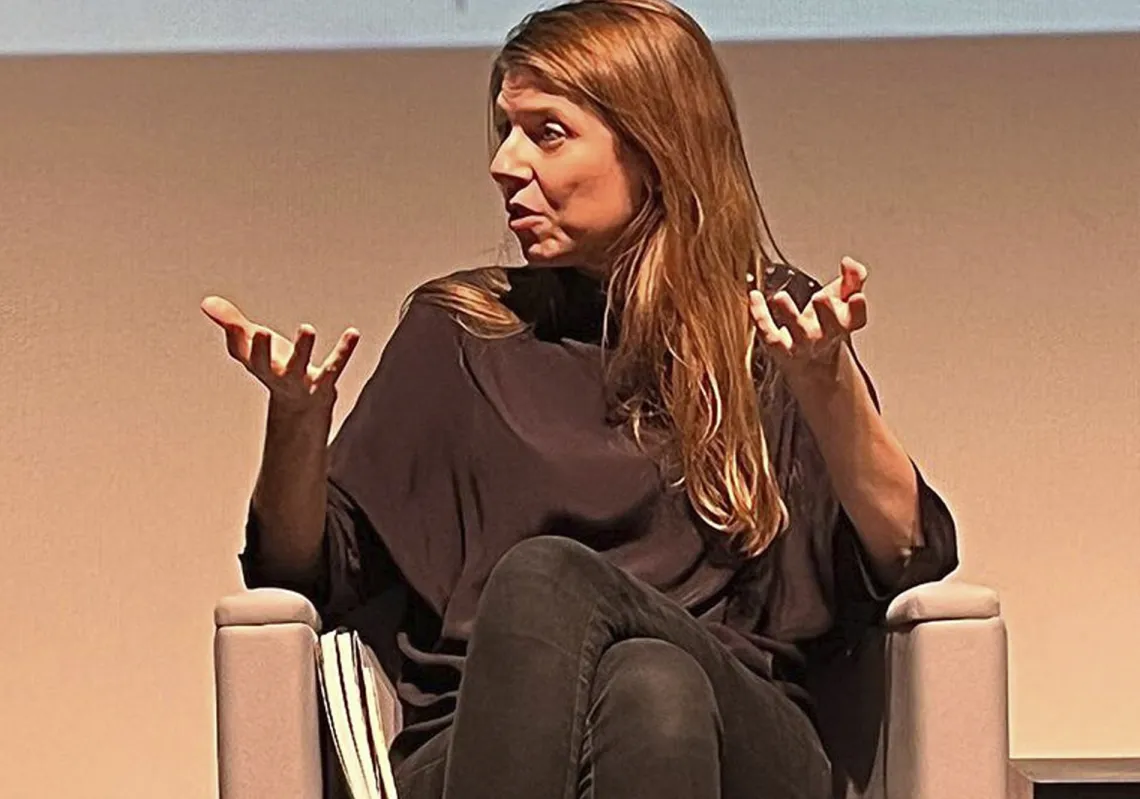Conflict across the Middle East continues to spiral, and the future US position in the region remains at the forefront of foreign policy discussions.
However, this discussion would be incomplete without looking at Russia's role in the region—specifically, how Moscow uses defence relationships to enable long-term competition with the West in the Middle East.
In the backdrop of the ongoing escalation between Iran and its proxies with the United States and Israel stands the question of long-term competition between great powers in the region.
Russian President Vladimir Putin, for his part, believes he is fighting an existential battle with the United States, and the Middle East is an arena where he believes Russia can shape this competition.
Before the full-scale invasion of Ukraine in February 2022, the Middle East and North Africa had emerged as Russia’s second most important arms market. Russia itself had re-emerged as one of the world’s top arms exporters, second only to the United States.
However, with Moscow’s fixation on Ukraine, foreign policymakers must monitor the state of Russia’s arms trade and how its defence relationships in the Middle East are propelling its influence and larger strategic interests.
Russian defence presence in the Middle East stands on three pillars: arms sales (along with joint military exercises), access to military bases, and use of paramilitary forces, chiefly the Wagner group, recently renamed the Afrika Korps.
Arms deals with the Middle East
Available data from the Stockholm International Peace Research Institute (SIPRI) shows that Russia’s share of global arms exports fell before the invasion of Ukraine.
However, the primary reason for this trend is primarily that India, the top purchaser of Russian weaponry, significantly reduced its imports of Russian weaponry (though most recently, India significantly increased its imports of Russian oil).
Russia has continued to focus on the Middle East arms sales, which compete with those of the West, which has traditionally dominated.

In February 2021, Russia’s Federal Service for Military-Technical Cooperation stated that military exports to the Middle East had hovered around $6bn per year over the previous five years, or between 40-50% of total military exports.
Russia also emerged as Algeria’s largest weapons supplier by 2021—in particular, supplier of some of Russia’s most advanced systems, such as fighter aircraft, including Sukhoi 57.
Following the invasion of Ukraine reports citing US government officials stated that Russian supplies of weaponry became constrained by sanctions, export controls, Russia’s prohibition from using the SWIFT payment system, and its own shift in focus towards supporting its forces in Ukraine.
Indeed, in private, Middle East officials expressed concern at the start of the invasion of Ukraine that Russia would be unable to deliver on existing contracts.
Two years on, these concerns have been validated as the Russian military has received a drubbing at the hands of the Ukrainians, forcing Russia’s armament industry to turn its full attention to maintaining and reconstituting its own forces in Ukraine.
As the invasion progressed, some wondered if Russia’s poor military performance would reduce interest in Russian arms in the region.
This poor performance has not gone unnoticed, but there has not been a corresponding drop in interest as experienced after the US-led coalition destruction of the Soviet-trained and equipped Iraqi military in 1991.
One reason for this current reality is likely to be the types of weapons Russia exports, primarily aircraft, aircraft engines, and missiles. The weaponry that has performed poorly in Ukraine, such as tanks and armoured fighting vehicles (AFV), is not a primary export.
















